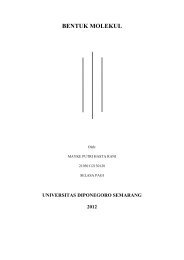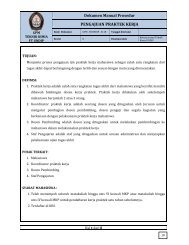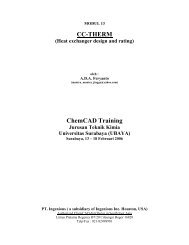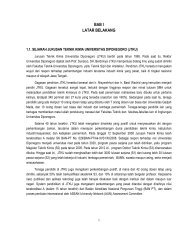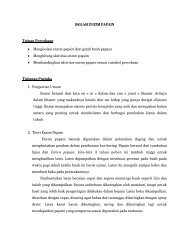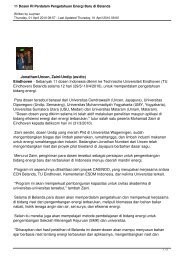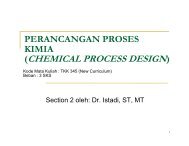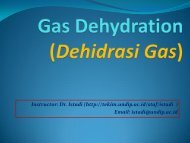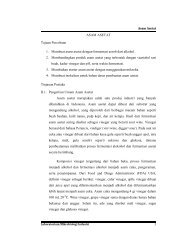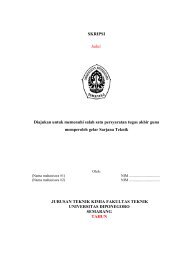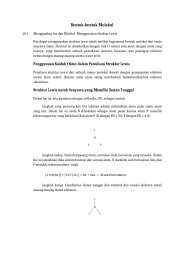Vinyl Acetate Monomer Process 10
Vinyl Acetate Monomer Process 10
Vinyl Acetate Monomer Process 10
You also want an ePaper? Increase the reach of your titles
YUMPU automatically turns print PDFs into web optimized ePapers that Google loves.
300 <strong>10</strong> <strong>Vinyl</strong> <strong>Acetate</strong> <strong>Monomer</strong> <strong>Process</strong><br />
Figure <strong>10</strong>.4 First separation step and gas separation section at vinyl acetate synthesis.<br />
<strong>10</strong>.5.2<br />
Gas - Separation System<br />
Because some acetic acid is entrained in the top vapor of the absorber, this is captured<br />
with water in a small absorption column, the resulting liquid being sent<br />
back to the column C - 1. The gas containing unreacted C 2 H 4 and O 2 as well as CO 2<br />
as an inert is recycled to the reaction section. However, removing the excess of<br />
CO 2 is necessary to prevent its accumulation. This operation is done in industry<br />
by standard techniques, such as washing with amines or potassium carbonate<br />
solutions. With these elements the flowsheet for the gas - separation section can be<br />
sketched, as illustrated in Figure <strong>10</strong>.4 . Note that by the valve V - 1 the gas split is<br />
adapted to the operation conditions, namely to constant gas composition of the<br />
gas recycle. A second valve V - 2 can withdraw a gas purge on the line to the washing<br />
section. Finally, the valve V - 3 ensures the makeup of ethylene into the gaseous<br />
recycle to the reaction section.<br />
<strong>10</strong>.5.3<br />
Liquid - Separation System<br />
The first separation step produces essentially the liquid ternary mixture vinyl<br />
acetate, water and acetic acid with some dissolved gases. Other light and heavy<br />
components are neglected. The RCM analysis indicated as feasible the separation<br />
of the heterogeneous azeotrope VAM/water in top followed by quantitative separation<br />
of components by decantation. The flowsheet configuration is shown in<br />
Figure <strong>10</strong>.5 . The feed of the column (C - 3) collects the ternary mixture from the<br />
absorber combined with the water solution from the wash column. The column



